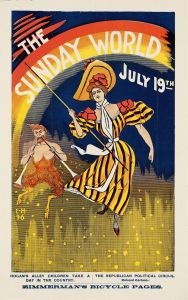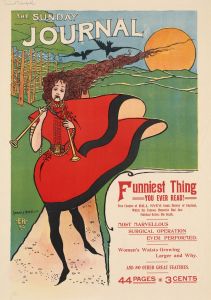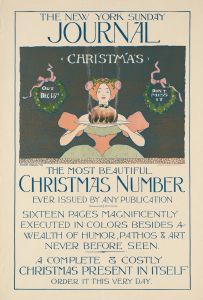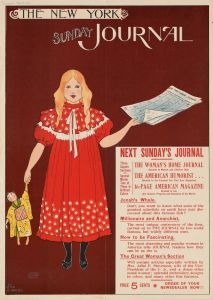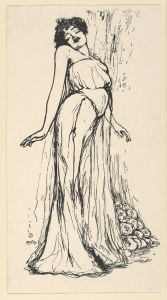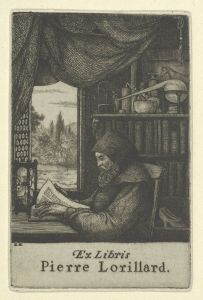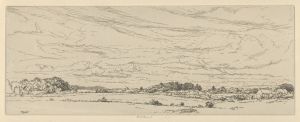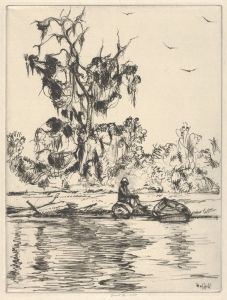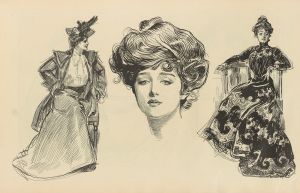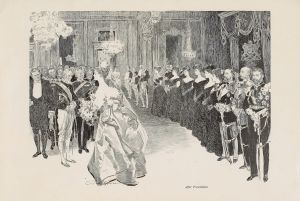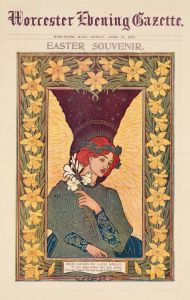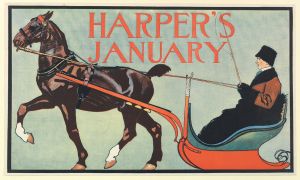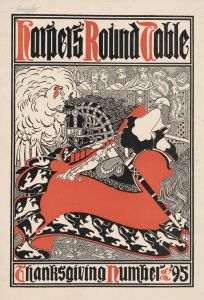
Scribner’s for June
A hand-painted replica of Ernest Haskell’s masterpiece Scribner’s for June, meticulously crafted by professional artists to capture the true essence of the original. Each piece is created with museum-quality canvas and rare mineral pigments, carefully painted by experienced artists with delicate brushstrokes and rich, layered colors to perfectly recreate the texture of the original artwork. Unlike machine-printed reproductions, this hand-painted version brings the painting to life, infused with the artist’s emotions and skill in every stroke. Whether for personal collection or home decoration, it instantly elevates the artistic atmosphere of any space.
Ernest Haskell was an American artist known for his contributions to illustration, printmaking, and painting during the late 19th and early 20th centuries. One of his notable works is "Scribner’s for June," a piece created as a cover illustration for Scribner’s Magazine. Haskell's work is characterized by its intricate detail and innovative use of line, which were hallmarks of his artistic style.
"Scribner’s for June" is a prime example of Haskell's skill in the medium of illustration. During this period, magazine covers were an essential part of visual culture, serving both as a marketing tool and as a canvas for artistic expression. Haskell's work for Scribner’s Magazine reflects the broader trends in art and design of the time, particularly the influence of Art Nouveau, which emphasized organic forms, flowing lines, and a harmonious integration of text and image.
Haskell's illustrations often featured elegant, stylized figures and natural motifs, which were popular in the Art Nouveau movement. His ability to blend these elements into a cohesive and visually appealing composition made his work stand out in the competitive field of magazine illustration. "Scribner’s for June" likely showcased these characteristics, capturing the attention of the magazine's readership and contributing to the publication's visual identity.
Ernest Haskell was born in 1876 in Connecticut and developed his artistic skills at a young age. He studied in New York and later in Paris, where he was exposed to various artistic movements and techniques that influenced his work. Upon returning to the United States, Haskell established himself as a prominent illustrator, working for several major publications of the time. His work was not limited to magazine covers; he also created posters, advertisements, and fine art prints, demonstrating his versatility as an artist.
Throughout his career, Haskell was celebrated for his technical proficiency and his ability to convey mood and emotion through his illustrations. His contributions to the field of illustration were significant, as he helped to elevate the status of commercial art and demonstrated its potential as a legitimate form of artistic expression.
"Scribner’s for June" is a testament to Haskell's talent and his role in shaping the visual culture of his era. While specific details about this particular illustration may be limited, it remains an important part of his body of work and reflects the artistic trends and cultural context of the early 20th century. Haskell's legacy continues to be appreciated by art historians and enthusiasts who recognize his impact on the development of American illustration and printmaking.





